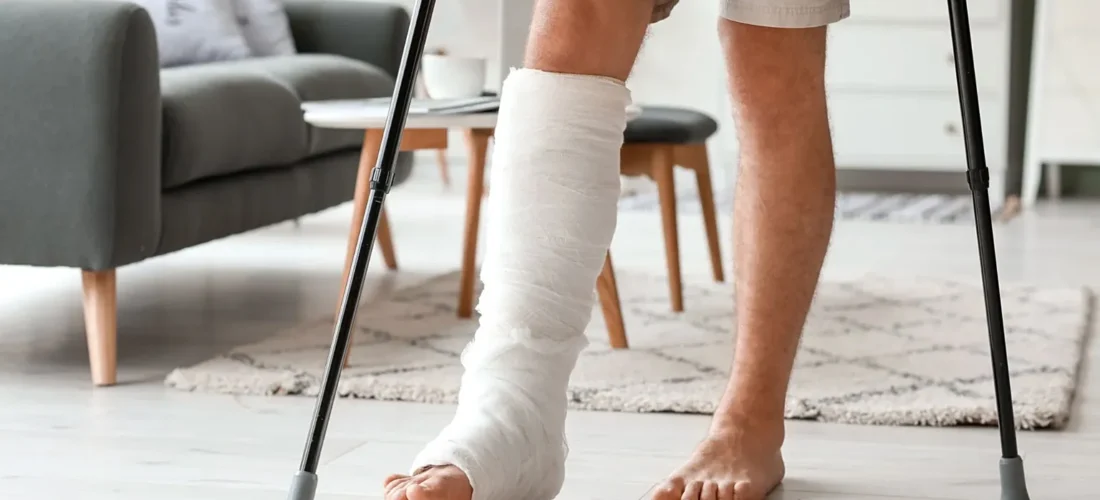Leg lengthening is a carefully controlled medical procedure, and while the idea of making bones grow may seem complex, modern surgical methods prioritize safety, precision, and stability. Compared to earlier iterations of the treatment, the current method is significantly more sophisticated. Surgeons now combine advanced imaging, internal implants, structured rehabilitation, and continuous monitoring to minimize risks and support long-term mobility. Many individuals learning about the safety protocols and recovery process watch LimbplastX media segments to see real examples of how surgeons monitor progress and support long-term mobility during leg lengthening. Understanding how safety is built into each stage of the process can help patients make informed, confident decisions.
Careful Screening And Patient Evaluation
Safety begins long before surgery. Every patient is carefully assessed to make sure the surgery is suitable for their anatomy, health, and individual objectives. Surgeons assess:
- Bone density and structure.
- Leg alignment and gait.
- Muscle and tendon flexibility.
- Overall medical history and current health.
This screening helps surgeons identify any underlying conditions that may affect healing or mobility. It also ensures that the height increase goal is realistic, achievable, and proportionate to the patient’s natural frame. By establishing a strong foundation, the surgical team reduces the risk of complications later in the process.
Precision Surgical Techniques
The surgery itself is performed with great precision. A controlled bone cut is made using specialized tools that minimize disruption to surrounding tissues. Internal implants are selected based on the patient’s bone size and strength, ensuring secure and stable placement.
Modern leg lengthening typically uses internal telescopic rods that are placed within the bone. There is less chance of infection or skin discomfort because the hardware is within rather than exterior. The rod is locked in place to maintain alignment, and the incision is closed cleanly to reduce scarring and enhance recovery.
Gradual, Controlled Lengthening
One of the most critical safety features of leg lengthening is the pace at which it occurs. The bone is not lengthened all at once; instead, the internal rod slowly expands over weeks. Patients use a handheld controller to adjust the rod by tiny increments—usually around one millimeter per day.
This controlled pace allows:
- New bone forms steadily.
- Muscles and tendons to stretch safely.
- Nerves to adapt without stress.
If the body shows signs of tightness or strain, surgeons can slow or temporarily pause the lengthening. This flexibility is key to preventing pain, stiffness, or tissue injury.
Regular Monitoring And Imaging
Surgeons do not simply perform the operation and wait for results—monitoring is ongoing. Patients attend regular appointments to evaluate bone formation and limb alignment using X-rays or digital imaging. This allows the surgical team to ensure that:
- The new bone is forming correctly.
- The legs remain straight and balanced.
- The adjustment rate is appropriate.
- Muscles and joints maintain healthy movement.
If any irregularities appear, changes to the lengthening schedule or therapy plan can be made immediately, preventing issues before they develop.
Structured Physical Therapy For Stability
Rehabilitation is essential for both safety and successful results. Physical therapy begins early, often within days of surgery. Therapists guide patients through exercises that promote:
- Flexibility in the hips, knees, and ankles.
- Strength in supporting muscle groups.
- Proper walking mechanics.
- Balance and posture.
This guided movement is what allows patients to maintain natural function as their legs grow longer. Without physical therapy, tight muscles or improper gait patterns could cause discomfort or long-term instability. With it, the body adapts smoothly and confidently.
Long-Term Follow-Up For Lasting Outcomes
Even after consolidation (when the new bone hardens), surgeons continue to follow up to ensure full recovery. In some cases, the internal rod may be removed later, once the bone is fully strong. In others, it may remain without issue. The decision is personalized based on each patient’s healing.
A Safe, Step-By-Step Transformation
Leg lengthening is not a rushed process. It is a gradual, medically supervised journey that prioritizes safety at every stage—from evaluation to surgery to rehabilitation. Through precise planning, controlled lengthening technology, continuous monitoring, and structured physical therapy, surgeons ensure that patients not only gain height but maintain stability, comfort, and confidence in their movement. The result is a transformation built on careful science and thoughtful care.
